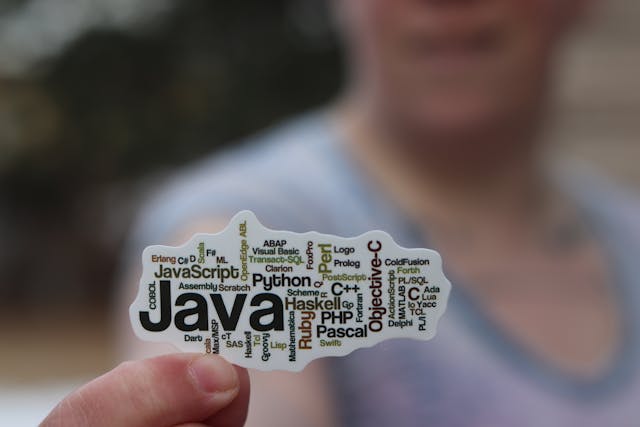Need For Data Privacy Security On The Rise
According to Forbes, 2021 saw the rise of blockchain technology and instilled the notion that now more than ever, cybersecurity needs to be prioritized for those who digitally store important information. For businesses, in particular, there are many ways that you can unknowingly put your data at risk, and security is fast becoming non-negotiable. Here’s how you can address the issue of data security and reduce the risk of a costly breach.
Table of Contents
Know The Enemy
Over the past year, 64% of companies worldwide faced some kind of cyber attack. For many companies, this came as a surprise as they assumed they were “too small” to be a target. However, it seems that size isn’t a determining factor. In fact, cybercriminals often target smaller businesses because they know they won’t necessarily have the systems or security protocols in place that larger enterprises do.
Identify Your Weak Spots
Employees often have unfettered access to vast amounts of data. This makes them extremely vulnerable, especially if they are not aware of the way that hackers operate. Phishing, vishing, and smishing are all on the rise, and the weak link is always the human element. Therefore, it’s crucial to consistently educate your employees on the importance of data security and what types of breaches to look out for.
Stay Up To Date On Laws
The laws surrounding data privacy change as quickly as technology does. Many countries have instituted fines for not protecting data properly, and it’s up to a business to ensure that all data is secure. The protocols in place for securing data are clearly explained and ignorance is no excuse for not obeying the law. Familiarity with data laws becomes even more important when data liquidity enters the equation, especially if it’s cross country or continental.
Understand Data Liquidity
Many may wonder, what is data liquidity? Data liquidity refers to the ability of data to move freely through systems to benefit the outcome of the person. This is usually used in health care systems and refers to patient data. In this case, the transfer of data is lawful and for the patient’s own health and safety as it ensures every health care professional has the correct information. Data liquidity also applies to many financial transactions and other similar sectors where shared information facilitates smooth transactions. Blockchain is often used to protect this data and is an option for any business that encompasses data liquidity in its offering.
Be Vigilant
Although there is an abundance of enterprise-level anti-virus software available this is only one form of defense. You and your employees need to be vigilant at all times and to have asset protocol in place should a suspected breach occur. If a suspected data break occurs action needs to be taken quickly to mitigate as much of the damage as possible.
In a world that’s increasingly online and where data is considered the new oil, the need for security has never been more prevalent.









